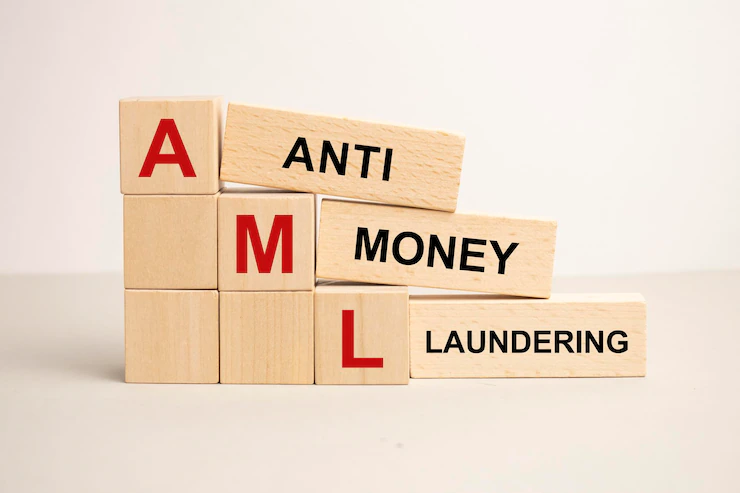Efforts are taken by governments, Regulators, and even financial institutions to automate and combat the methods in which money is laundered. But on the other hand, launderers come up with new techniques of laundering illicit money. Though many of the techniques of laundering are traditional and are known here are some unconventional techniques of money laundering.
Unconventional Techniques of Laundering
Smurfing, Mules, and Shell Companies are some of the most known techniques of money laundering. These techniques are well known and are discussed quite often in the money laundering parlance. But let us understand some techniques that are seen quite often in India. Most importantly, many of these techniques discussed here are loopholes in the tax laws in India but facilitate money laundering.
Buying a Shelf Company with Losses
Buy businesses that have accumulated losses on the financial statements. This is a very interesting aspect where the profit-making companies often buy such shelf companies to avoid paying taxes. That way, the income is reported, but still results in zero tax. Therefore, coming to the conclusion that any business that is showing substantial losses in the financial statement is a red flag for the revenue authorities. Sometimes such companies are bought by businesses engaged in illegal activities.
Money Laundering Technique of Hawala
The Hawala system in money laundering is one of the Techniques of money laundering that came into existence in the early 8th Century. In earlier days Hawala was one of the important alternate fund transfer systems where funds were transferred through the geographical mode with a huge network of brokers. It is still considered one of the popular techniques of laundering in modern days as well.
The core part of this Hawala Process is the hawala dealer. These dealers are known for their trustworthiness and strong network. These dealers keep an informal journal to record all the debit/credit transactions. In the states of Gujarat and Kerala, these are also called Angadiya.
However, obviously, these dealers have their own commission. This commission is either reinvested in the business or spent on their own expenses. That leaves a little portion that had to be converted to white. How do they do that? Well, it’s not different from how any of the rest of people try to convert their undisclosed income to disclosed income without paying tax on it. And which methods would that be?
Benami Investments
Again this is the term used only in India. The word Benami means in the name of somebody else. Trust always matters while investing. So in the name of others, one can try to invest money. So, for example, even if it’s your income, you’d show it as an income in your friend’s name. One can get benefits by opting for the friend’s exemption so that tax won’t be paid. Benami investments play a significant role when it comes to the integration phase of money laundering. It becomes difficult to attach the assets in the litigation when the assets are not held in the name of the criminal.
Stree Dhan
This concept is pretty much old in India and means the “Capital of Women”. When a daughter gets married, whatever gifts she receives in the marriage are part of her stree dhan. So, whenever a girl gets married, all her relatives donate huge amounts of cash, gold, and jewelry which she can deposit in her bank accounts or lockers and show as the capital introduction in her personal income tax returns. Though a one-time activity, there is no restriction on the introduction of stree dhan.
Bogus Loans
Bogus loans are regarded as one of the usual methods. There are a lot of citizens who are involved in the extra tax-paid money that can distribute the loan to another person. The recipient then transfers his illicit criminal money to the lender. The lender has the authority to reward tax on interest. But it is not done by the principal. So it’s regarded as the tax saving scheme.
Real Estate
Nowadays there is a lot of demand for real estate and gold. Both of them have raised drastically. Therefore, the citizens of India are trying to use different Techniques of Laundering to convert illicit black money to white money. There are a lot of cases in real estate where the land is purchased and is kept on record but suddenly it gets undervalued
Alternatively, people convert their black money into other investment avenues – gold or real estate. In most cases, real estate investments such as land are on the record but are undervalued. Hence, legal ownership can be proved by a way of buying part of the land. But it must look after that the income is not disclosed. This isn’t the exception, but rather the norm in India.
Conclusion
Money laundering is regarded as an important threat that has affected the overall financial system of India. It points to the demolition of India’s sovereignty as well as the character as a whole. There needs to be a vigilant mechanism and our judiciary needs to punish these criminals early to send out a message that money laundering is not tolerable in this democratic society. To combat the money laundering activities that were taking place in India, it took an urgent step at both the national and international levels.
The different and unique efforts taking place by a way of implementing unconventional Techniques of Laundering in India is a very important step in preventing the peril of laundering.



